Home>Gardening & Outdoor>Landscaping Ideas>What Time Of Year To Plant Grass Seed
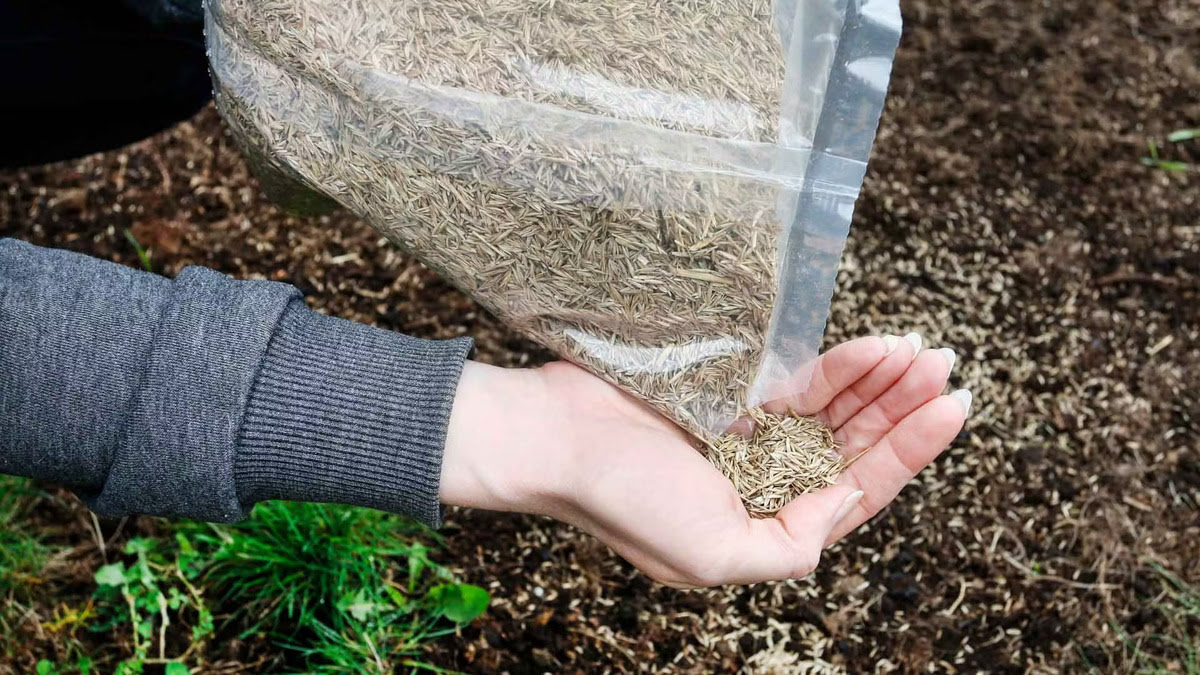

Landscaping Ideas
What Time Of Year To Plant Grass Seed
Modified: March 24, 2024
Discover the best time of year to plant grass seed and improve your landscaping with our expert tips and ideas. Find the perfect season for your landscaping project.
(Many of the links in this article redirect to a specific reviewed product. Your purchase of these products through affiliate links helps to generate commission for Storables.com, at no extra cost. Learn more)
Introduction
Creating a lush, vibrant lawn begins with the essential step of planting grass seed. Whether you’re establishing a new lawn or rejuvenating an existing one, the timing of when you sow your grass seed significantly impacts its success. Understanding the optimal time to plant grass seed is crucial for achieving a healthy and resilient lawn.
Several factors come into play when determining the best time to plant grass seed, including climate, grass type, and regional variations. By considering these factors and selecting the most suitable time for seeding, you can maximize the growth and establishment of your grass, leading to a thriving and visually appealing lawn.
In this comprehensive guide, we will explore the factors to consider when determining the ideal time for planting grass seed, along with the best practices for each season. Whether it’s spring, summer, or fall, we’ll delve into the unique considerations and strategies for successful grass seed planting, empowering you to make informed decisions and achieve a verdant, resilient lawn.
Key Takeaways:
- Timing is crucial when planting grass seed. Consider climate, grass type, and regional factors to maximize success. Spring, summer, and fall each offer unique opportunities for robust lawn establishment.
- Prepare soil, select the right grass varieties, and manage moisture for successful grass seed planting. Tailor your approach to each season’s specific needs for a thriving lawn.
Read more: What Time Of Year To Stop Watering Grass
Factors to Consider
When determining the optimal time to plant grass seed, several crucial factors should be taken into account to ensure the successful establishment of your lawn. Understanding these factors will help you make informed decisions and tailor your approach to the specific needs of your lawn and local climate.
1. Climate and Region: The climate of your region plays a pivotal role in determining the best time to plant grass seed. Different grass species thrive in specific climate zones, so it’s essential to select grass varieties that are well-suited to your region’s climate. Factors such as temperature, precipitation patterns, and frost dates should be considered when planning your seeding schedule.
2. Grass Type: The type of grass you intend to plant is a critical consideration. Cool-season grasses, such as Kentucky bluegrass and fescue, thrive in cooler climates and are best planted in early fall or spring. In contrast, warm-season grasses, including Bermuda grass and Zoysia grass, are better suited for regions with hot summers and should be planted in late spring or early summer.
3. Soil Conditions: Assessing the soil conditions is imperative before planting grass seed. Factors such as soil pH, drainage, and nutrient levels can significantly impact the success of seed germination and subsequent grass growth. Conducting a soil test can provide valuable insights into the soil’s composition, allowing you to make any necessary amendments before seeding.
4. Weed Control: Controlling weeds before planting grass seed is essential for preventing competition and ensuring the successful establishment of your desired grass species. Addressing any existing weed issues and implementing pre-emergent weed control measures can help create an optimal environment for your grass seed to flourish.
5. Watering and Irrigation: Adequate moisture is crucial for seed germination and early grass growth. Understanding the watering needs of your chosen grass species and planning for proper irrigation is essential for fostering healthy root development and overall lawn establishment.
By carefully considering these factors and tailoring your approach based on your specific circumstances, you can significantly increase the likelihood of success when planting grass seed. With a thorough understanding of these considerations, you’ll be well-equipped to make informed decisions and set the stage for a thriving, resilient lawn.
Best Time to Plant Grass Seed
Planting grass seed at the optimal time is crucial for ensuring successful germination, robust growth, and the development of a healthy lawn. The best time to sow grass seed varies depending on the climate, grass type, and regional conditions. By understanding the specific considerations for each season—spring, summer, and fall—you can strategically plan your grass seed planting to maximize its potential for thriving.
1. Spring: Spring is widely regarded as one of the best times to plant grass seed, particularly for cool-season grasses. As temperatures begin to rise, the soil becomes conducive to seed germination, and the milder weather creates favorable conditions for grass establishment. Early spring, typically from March to mid-May, is an ideal window for seeding cool-season grasses such as Kentucky bluegrass, fescue, and perennial ryegrass. The soil is moist from winter precipitation, and the moderate temperatures support robust root development, setting the stage for a lush lawn.
2. Summer: Planting grass seed in summer presents unique challenges due to the higher temperatures and potential for drought conditions. However, in regions with cool summers, or for those intending to establish warm-season grasses like Bermuda grass or Zoysia grass, late spring to early summer can be a suitable time for seeding. Adequate irrigation is crucial during this period to ensure consistent moisture for seed germination and early growth. Additionally, selecting heat-tolerant grass varieties is essential for withstanding the summer heat and achieving successful establishment.
3. Fall: Fall is widely regarded as the optimal time for planting grass seed, offering favorable conditions for both cool-season and warm-season grasses in many regions. As temperatures begin to cool and moisture levels become more consistent, typically from late August to early October, the soil is warm, and there is reduced competition from weeds. Cool-season grasses experience vigorous growth during this period, making fall an excellent time to establish or overseed lawns. For warm-season grasses, fall planting allows for robust root development before the onset of winter dormancy, setting the stage for vigorous spring growth.
By aligning your grass seed planting with the specific considerations and opportunities presented by each season, you can optimize the chances of successful germination and establish a resilient, vibrant lawn. Understanding the nuances of each season and tailoring your approach accordingly empowers you to make informed decisions and set the stage for a thriving lawn.
Planting Grass Seed in Spring
Spring is a promising time for planting grass seed, especially for cool-season grasses that thrive in milder temperatures. As the winter frost recedes and the soil begins to warm, typically from March to mid-May, the conditions become favorable for seed germination and robust grass establishment. When planning to plant grass seed in spring, several key considerations and best practices can enhance the likelihood of success.
1. Soil Preparation: Before sowing grass seed, it’s crucial to prepare the soil to create an optimal environment for germination and growth. Clear the area of debris, aerate the soil to improve drainage, and address any soil compaction issues. Additionally, consider incorporating organic matter or compost to enhance soil fertility and provide a favorable medium for seed germination.
2. Selecting Grass Varieties: When planting grass seed in spring, opt for cool-season grass varieties such as Kentucky bluegrass, fescue, or perennial ryegrass. These grasses thrive in the moderate temperatures of spring and exhibit robust growth during this season, setting the stage for a lush and vibrant lawn.
3. Seed Sowing and Watering: Sow the grass seed evenly across the prepared soil, ensuring thorough coverage. Lightly rake the soil to incorporate the seeds to a depth of about 1/4 inch. Following sowing, provide consistent moisture to the seeded area, keeping the soil moist but not waterlogged. Adequate watering is essential for promoting germination and establishing healthy root systems.
4. Fertilization and Weed Control: Consider applying a starter fertilizer after seeding to provide essential nutrients for early grass growth. Additionally, implement weed control measures to prevent weed competition, such as using pre-emergent herbicides to inhibit the growth of unwanted plants. This helps create an optimal environment for the newly planted grass seed to thrive.
5. Monitoring and Maintenance: Regularly monitor the seeded area for signs of germination and growth. Adjust the watering schedule as needed to maintain consistent moisture, and be mindful of any emerging weeds that may require targeted control. With proper care and attention, the newly planted grass seed will begin to establish, setting the stage for a vibrant and resilient lawn.
By leveraging these best practices and tailoring your approach to the unique opportunities presented by spring, you can optimize the success of planting grass seed during this season. Understanding the specific considerations for spring seeding empowers you to create an environment conducive to robust grass establishment and the development of a healthy, verdant lawn.
The best time to plant grass seed is in the early fall or early spring when the soil is warm and there is plenty of moisture. This will give the seeds the best chance to germinate and establish a strong root system before the heat of summer or the cold of winter.
Planting Grass Seed in Summer
Planting grass seed in summer presents unique challenges due to the higher temperatures and potential for drought conditions. However, in regions with cooler summers or for those intending to establish warm-season grasses like Bermuda grass or Zoysia grass, late spring to early summer can be a suitable time for seeding. While the heat and dryness of summer necessitate specific considerations, strategic practices can enhance the success of planting grass seed during this season.
1. Selecting Heat-Tolerant Grass Varieties: When planting grass seed in summer, prioritize heat-tolerant grass varieties that can withstand the elevated temperatures characteristic of this season. Warm-season grasses such as Bermuda grass, Zoysia grass, and buffalo grass are well-suited for regions with hot summers and can thrive when planted during late spring to early summer.
2. Irrigation and Moisture Management: Adequate irrigation is paramount for successful grass seed germination and early growth during the summer months. The soil should be kept consistently moist to support seed germination and root development. Implement a watering schedule that provides sufficient moisture without leading to waterlogging, taking into account the higher evaporation rates and water needs during hot weather.
3. Shade and Mulching: Providing temporary shade over the seeded area can help mitigate the effects of intense sun exposure and reduce moisture loss. Consider using shade cloth or lightweight coverings to shield the soil and emerging grass seedlings from direct sunlight. Additionally, applying a layer of organic mulch can aid in moisture retention and create a conducive microclimate for seed germination.
4. Soil Temperature Considerations: Before planting grass seed in summer, assess the soil temperature to ensure it falls within the optimal range for seed germination. Warm-season grasses typically require soil temperatures above 70°F for successful germination. Utilize a soil thermometer to gauge the temperature and determine the most suitable timing for seeding based on the soil’s warmth.
5. Monitoring and Care: Regular monitoring of the seeded area is essential during summer planting. Keep a close eye on soil moisture levels, adjusting the irrigation regimen as needed to maintain consistent moisture. Additionally, be vigilant for any signs of stress or inadequate germination, making adjustments to the care regimen to support the emerging grass seedlings.
By implementing these strategic practices and considering the specific challenges and opportunities presented by summer, you can enhance the likelihood of successful grass seed establishment during this season. Understanding the unique considerations for summer planting empowers you to navigate the challenges and create an environment conducive to the robust growth of warm-season grasses.
Read more: How Late In The Year To Plant Grass
Planting Grass Seed in Fall
Fall is widely regarded as the optimal time for planting grass seed, offering favorable conditions for both cool-season and warm-season grasses in many regions. As temperatures begin to cool and moisture levels become more consistent, typically from late August to early October, the soil is warm, and there is reduced competition from weeds. Cool-season grasses experience vigorous growth during this period, making fall an excellent time to establish or overseed lawns. For warm-season grasses, fall planting allows for robust root development before the onset of winter dormancy, setting the stage for vigorous spring growth.
1. Overseeding and New Establishment: Fall presents an ideal opportunity for overseeding existing lawns to fill in sparse areas and enhance overall turf density. Additionally, for those establishing new lawns, fall planting provides optimal conditions for robust grass seed germination and vigorous early growth. Selecting the right grass varieties suited to your region’s climate and soil conditions is crucial for successful fall planting.
2. Soil Preparation and Aeration: Before planting grass seed in fall, prepare the soil by conducting aeration to alleviate compaction and improve air and water penetration. This creates an optimal environment for seed germination and root development. Additionally, consider incorporating organic matter or compost to enhance soil fertility and provide essential nutrients for the emerging grass seedlings.
3. Seed Sowing and Moisture Management: Sow the grass seed evenly across the prepared soil, ensuring thorough coverage. Lightly rake the soil to incorporate the seeds to a depth of about 1/4 inch. Following sowing, provide consistent moisture to the seeded area, keeping the soil moist to support germination and early growth. Fall typically experiences more consistent rainfall, but supplemental irrigation may be necessary to ensure adequate moisture.
4. Fertilization and Weed Control: Consider applying a high-phosphorus starter fertilizer after seeding to promote robust root development and early grass growth. Additionally, implement weed control measures to prevent weed competition, such as using pre-emergent herbicides to inhibit the growth of unwanted plants. This helps create an optimal environment for the newly planted grass seed to thrive.
5. Monitoring and Maintenance: Regularly monitor the seeded area for signs of germination and growth. Adjust the watering schedule as needed to maintain consistent moisture, and be vigilant for any emerging weeds that may require targeted control. With proper care and attention, the newly planted grass seed will establish robust root systems, setting the stage for a lush and resilient lawn.
By leveraging the favorable conditions and opportunities presented by fall, you can optimize the success of planting grass seed during this season. Understanding the specific considerations for fall seeding empowers you to create an environment conducive to robust grass establishment and the development of a healthy, vibrant lawn.
Conclusion
Planting grass seed is a foundational step in establishing a healthy, vibrant lawn, and the timing of seeding plays a pivotal role in the success of lawn establishment. By considering the unique opportunities and challenges presented by each season—spring, summer, and fall—you can strategically plan your grass seed planting to maximize its potential for thriving.
Understanding the specific considerations for each season empowers you to make informed decisions and tailor your approach to the needs of your lawn and local climate. Spring offers favorable conditions for cool-season grasses, while summer planting requires strategic practices to mitigate the effects of heat and drought. Fall, widely regarded as the optimal time for grass seed planting, provides ideal conditions for both cool-season and warm-season grasses, setting the stage for robust growth and establishment.
Key best practices, such as soil preparation, seed sowing, moisture management, and monitoring, are essential for successful grass seed planting across all seasons. Tailoring your approach based on the specific requirements of each season enables you to create an optimal environment for seed germination and robust grass establishment.
Whether you’re overseeding an existing lawn or establishing a new one, the timing of grass seed planting significantly impacts the success of lawn establishment. By leveraging the insights and best practices outlined for each season, you can enhance the likelihood of successful germination, vigorous growth, and the development of a resilient, visually appealing lawn.
Ultimately, the best time to plant grass seed depends on a combination of factors, including climate, grass type, and regional variations. By carefully considering these factors and tailoring your approach to the unique opportunities presented by each season, you can optimize the success of grass seed planting and set the stage for a thriving, resilient lawn that enhances the beauty of your outdoor space.
Frequently Asked Questions about What Time Of Year To Plant Grass Seed
Was this page helpful?
At Storables.com, we guarantee accurate and reliable information. Our content, validated by Expert Board Contributors, is crafted following stringent Editorial Policies. We're committed to providing you with well-researched, expert-backed insights for all your informational needs.
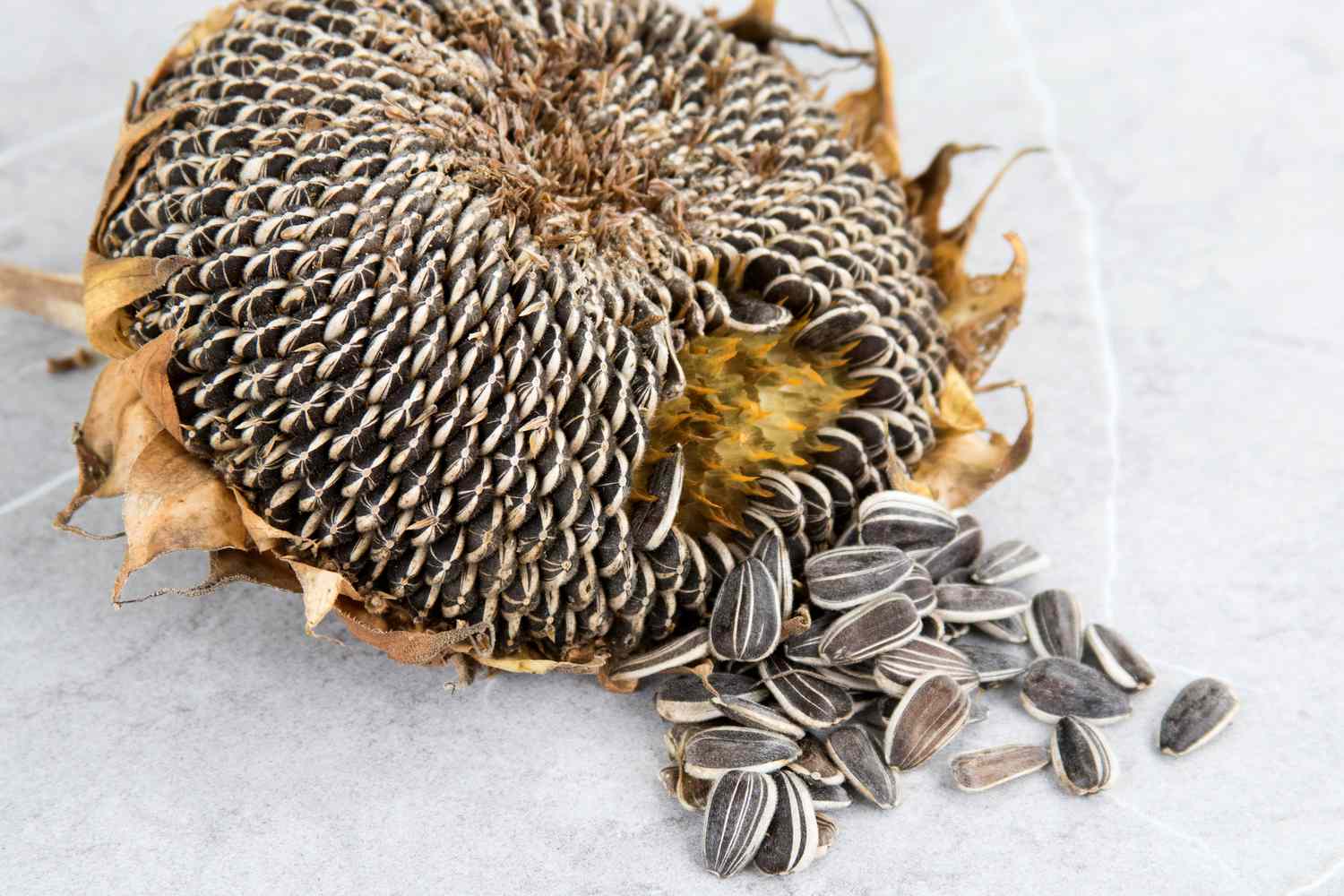


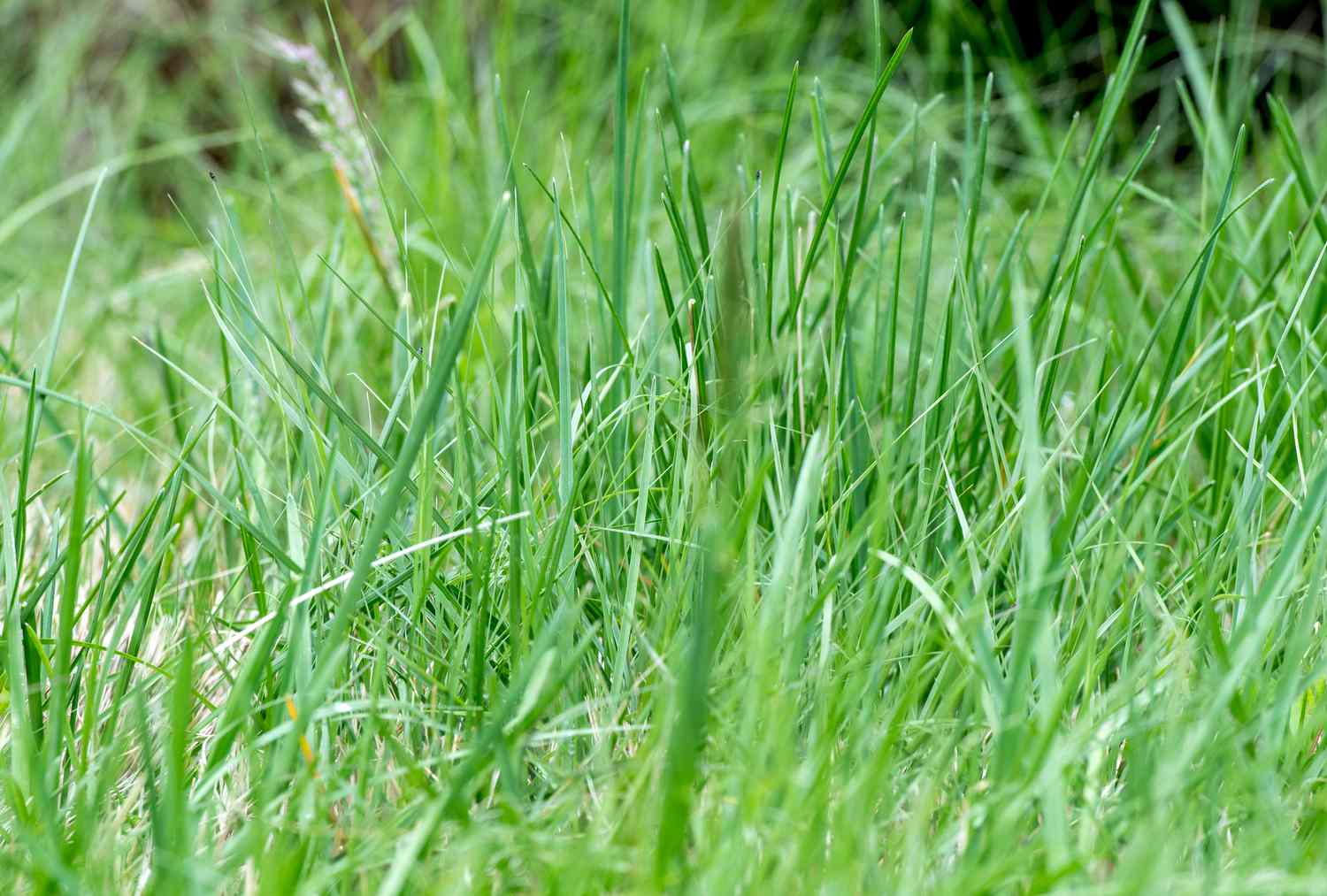
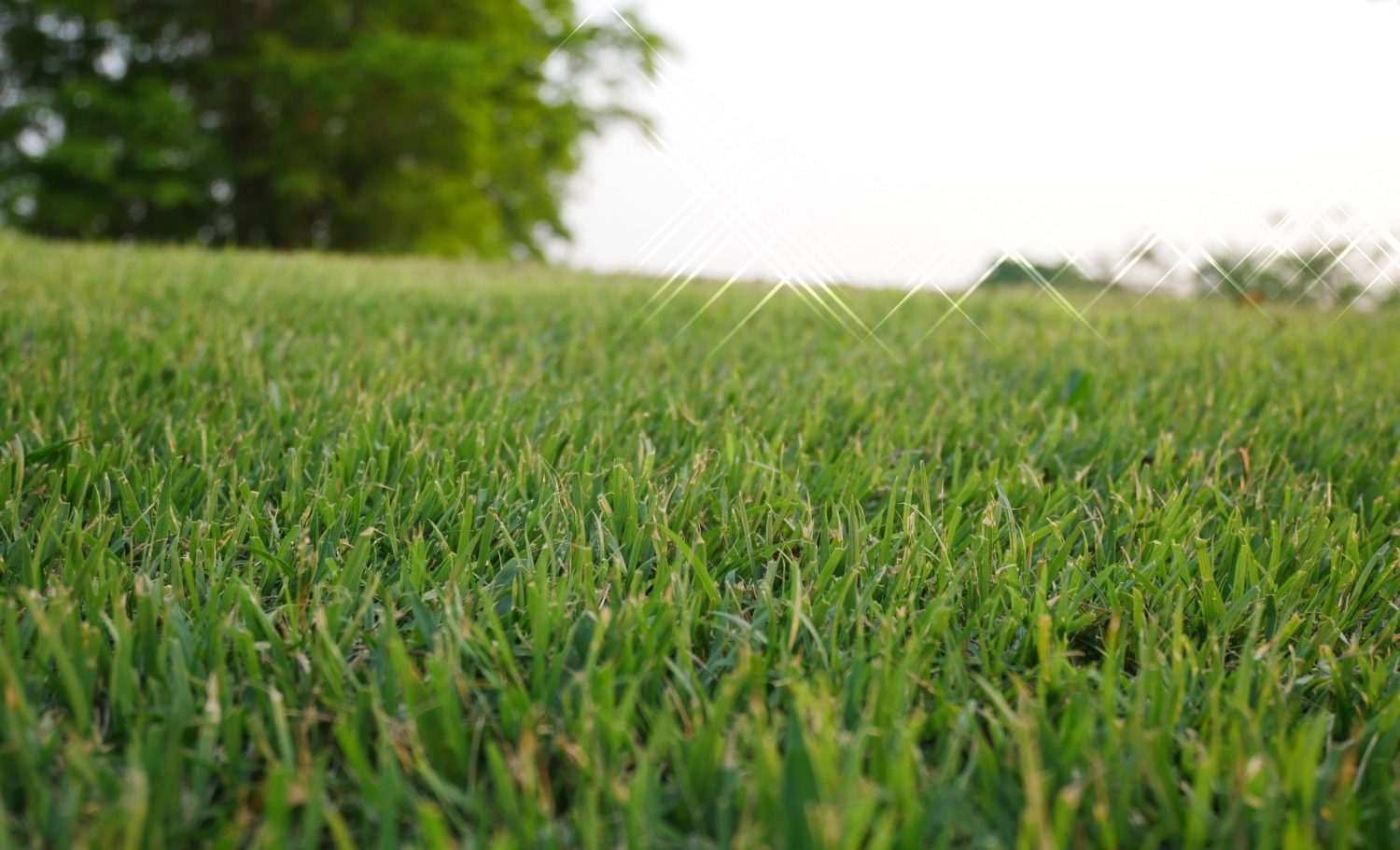

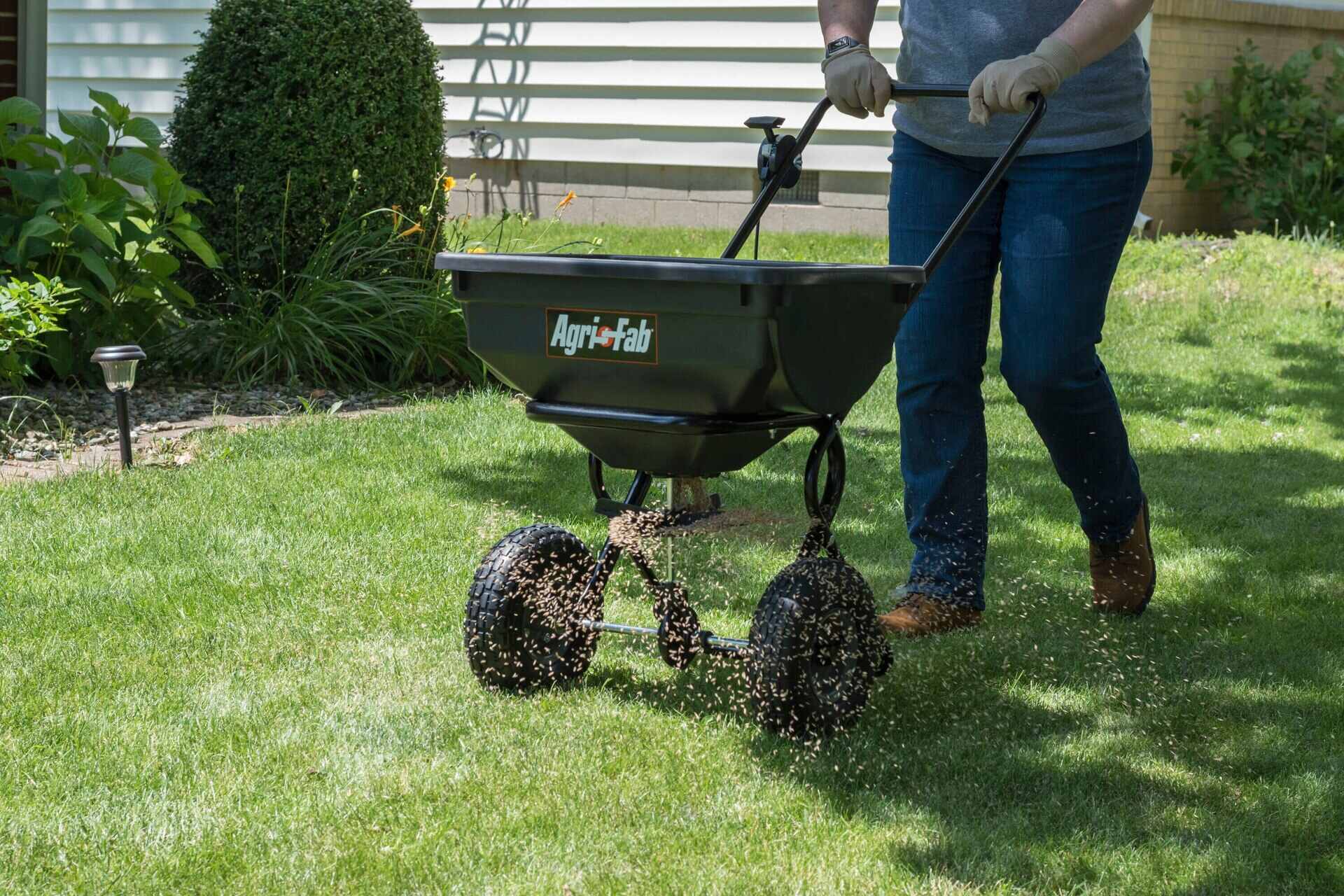
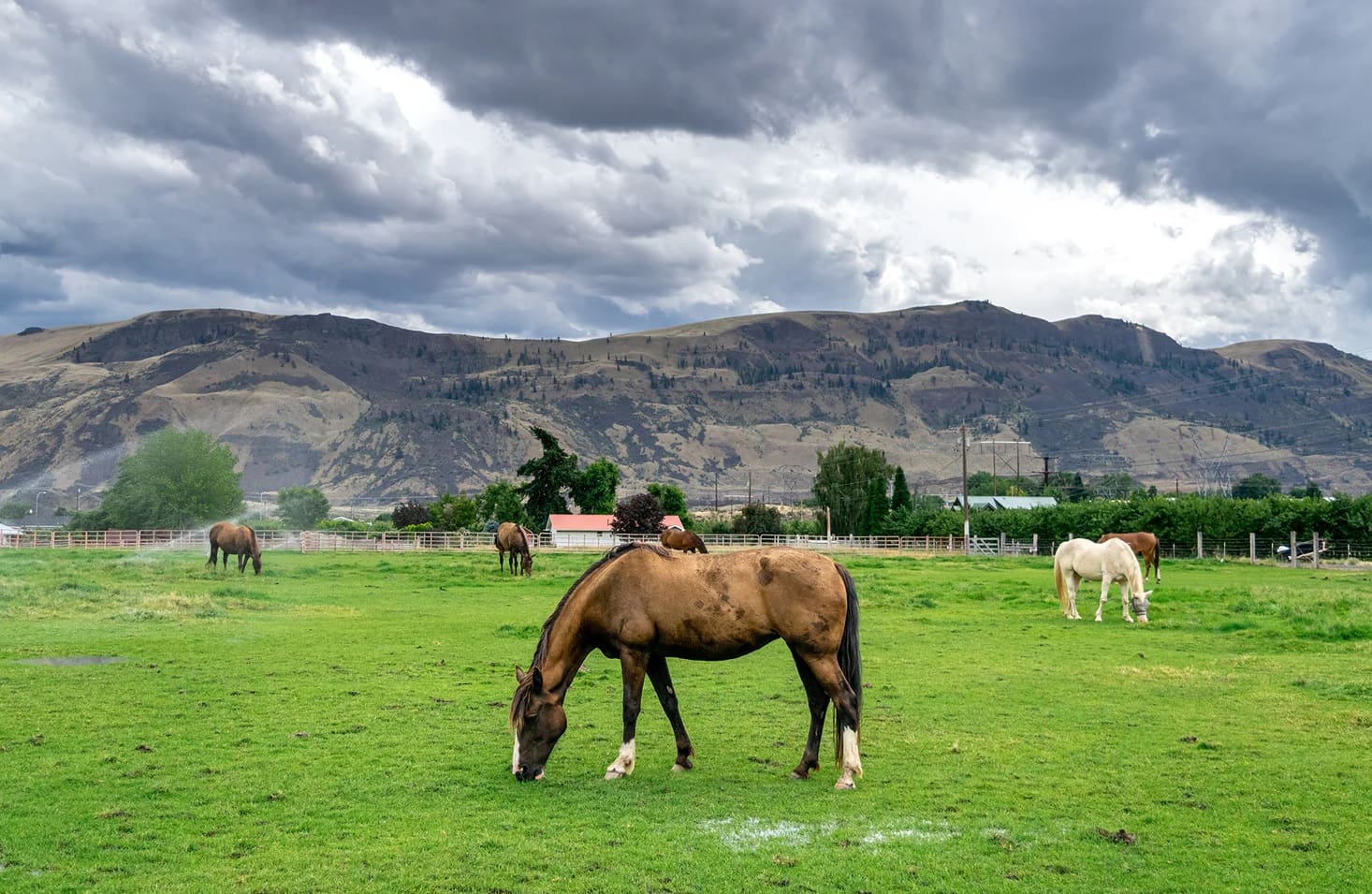
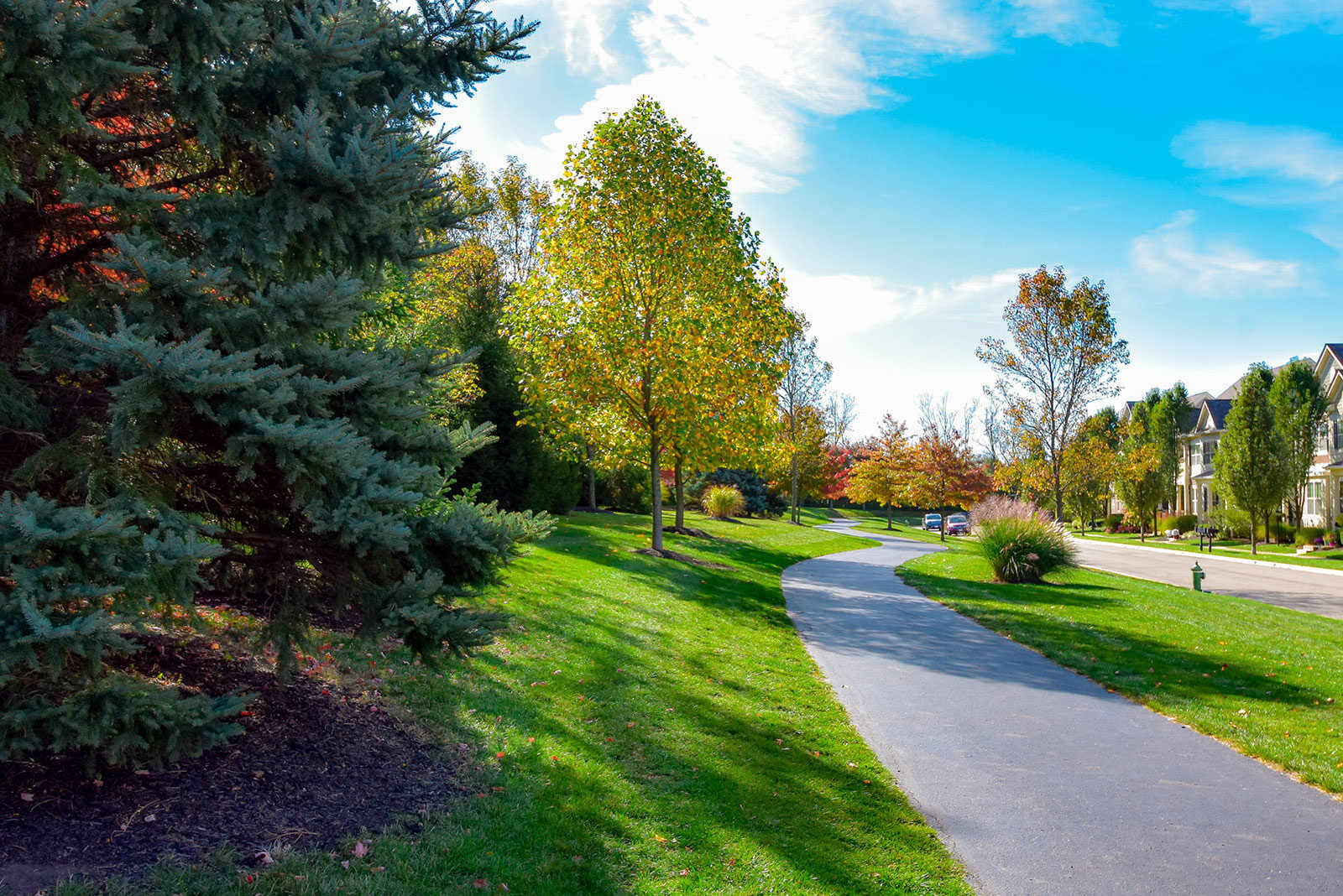
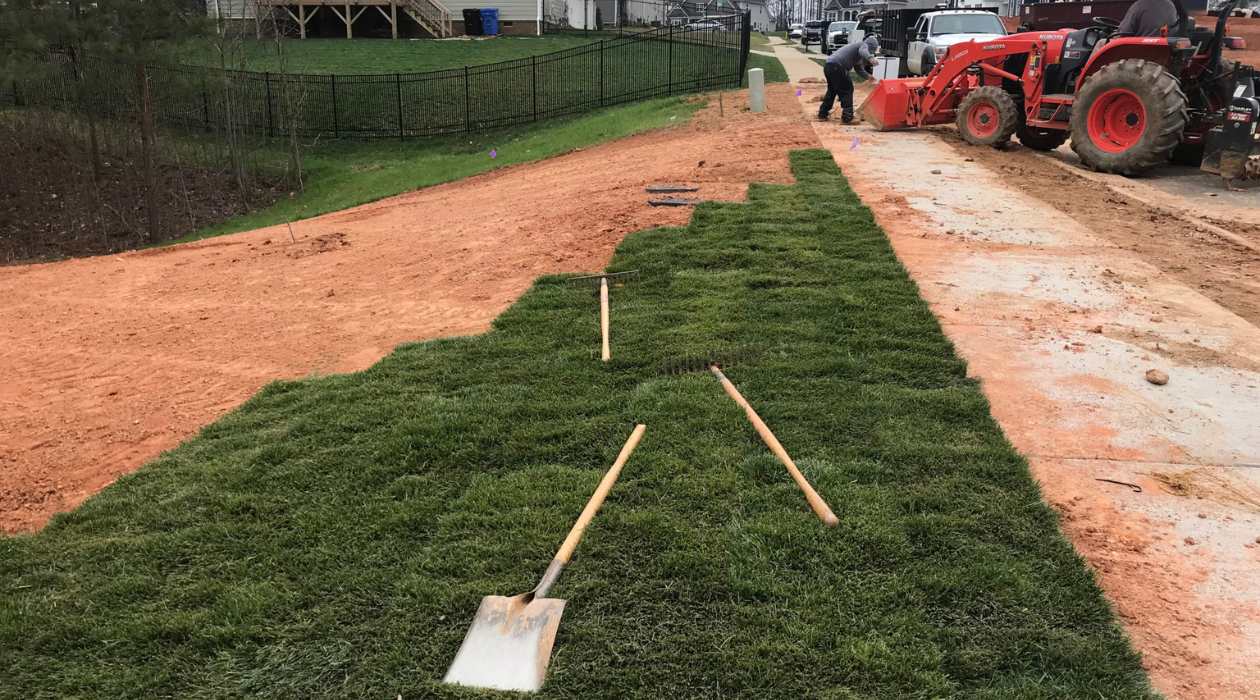
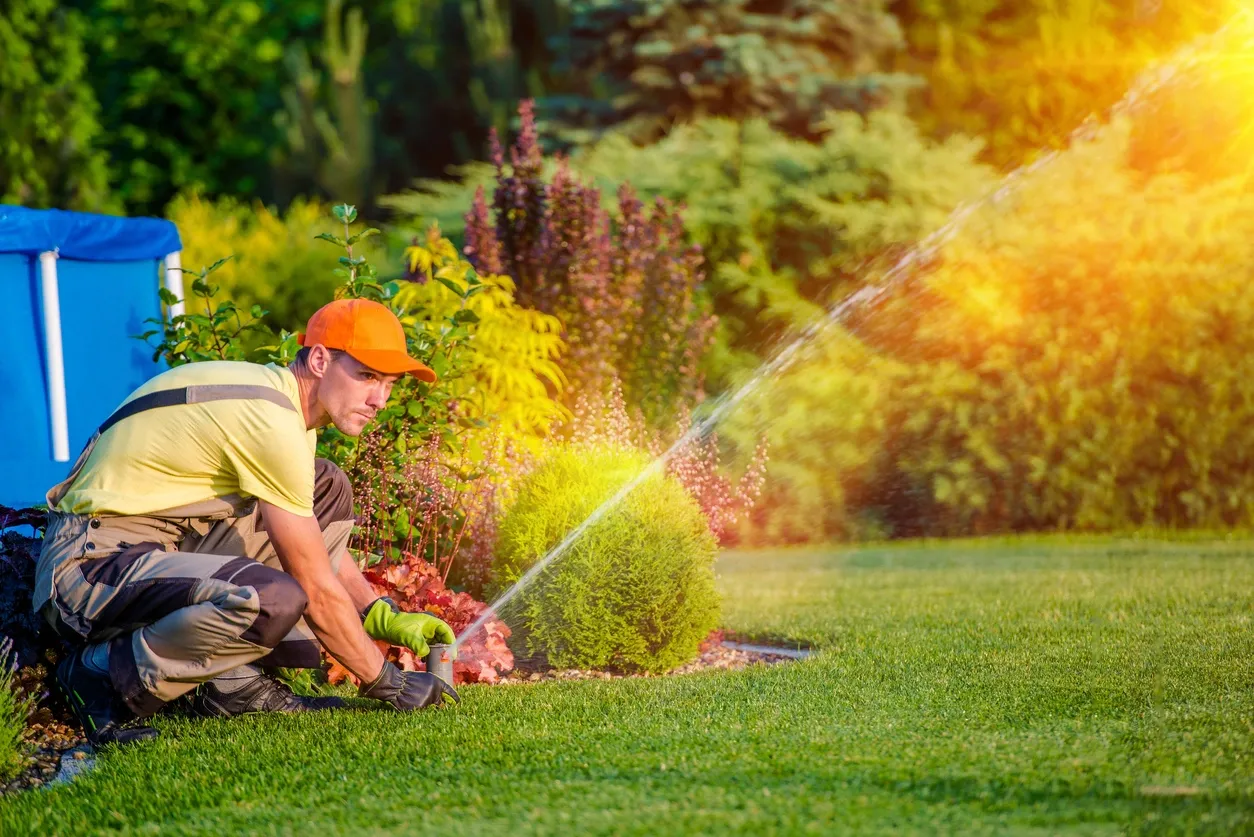
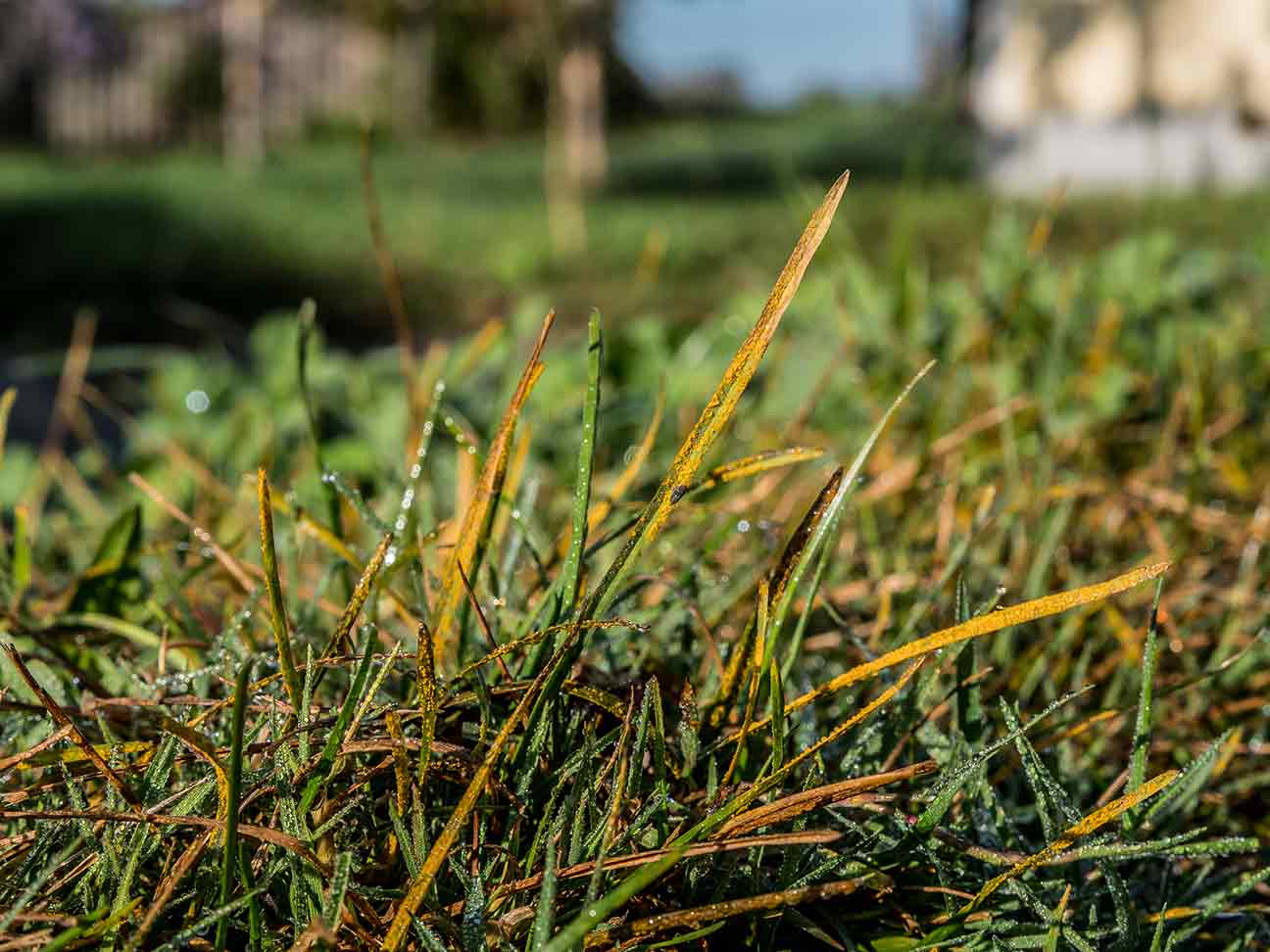
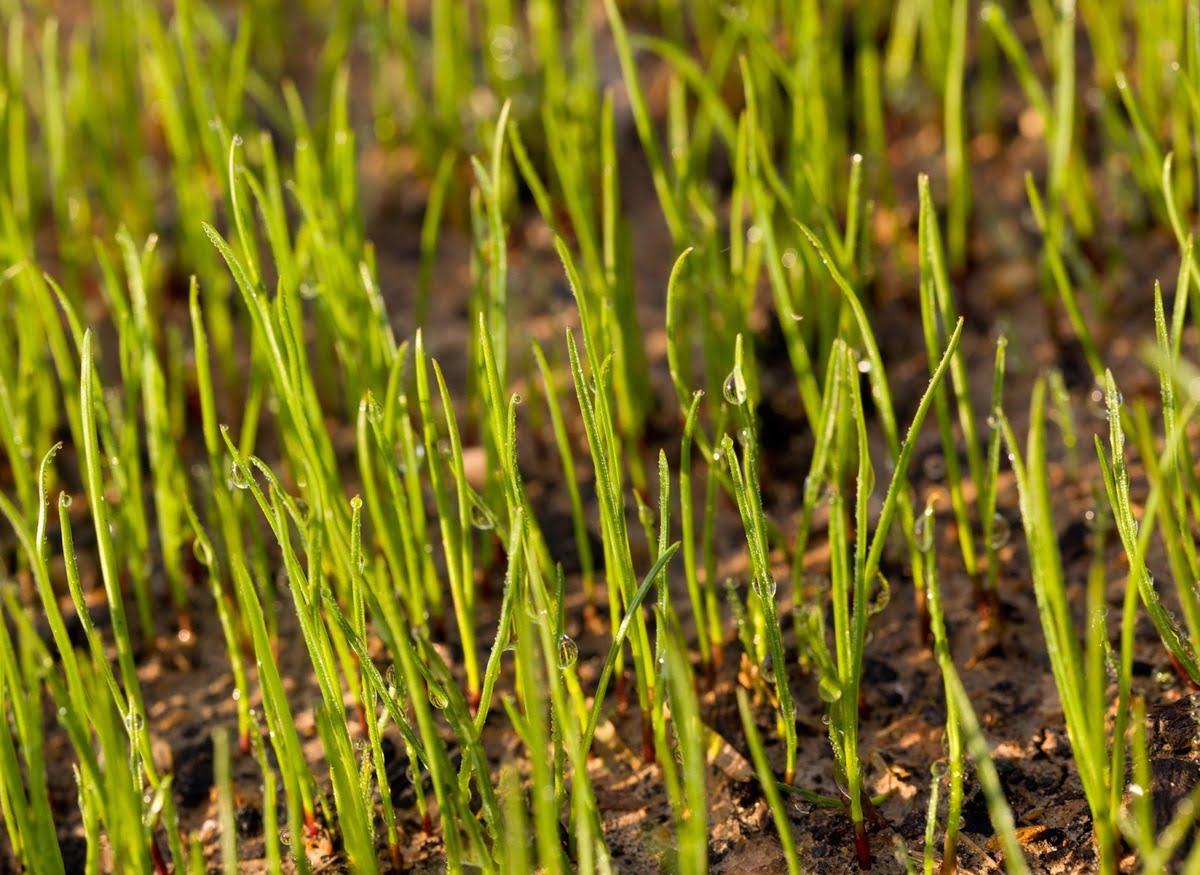
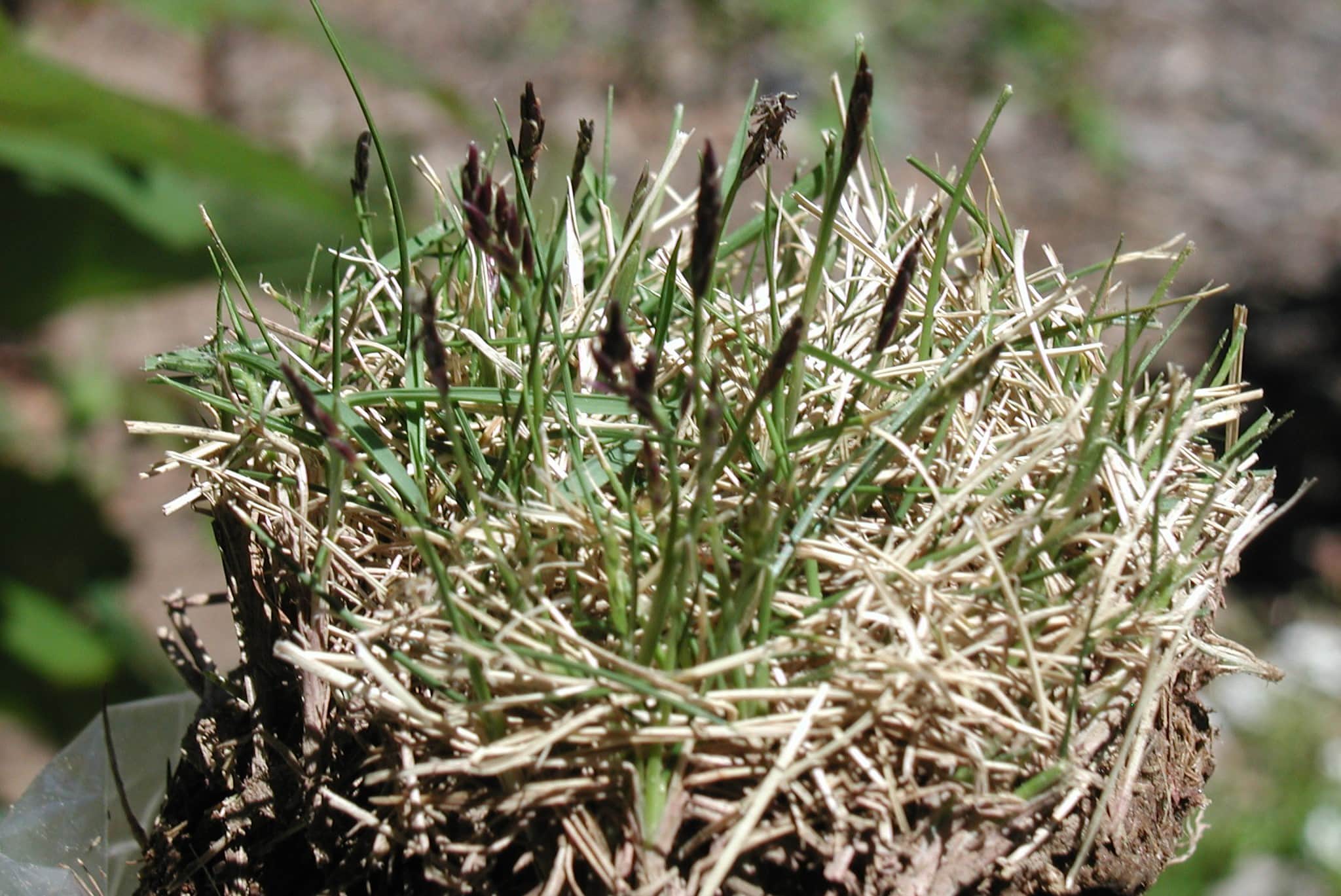

0 thoughts on “What Time Of Year To Plant Grass Seed”